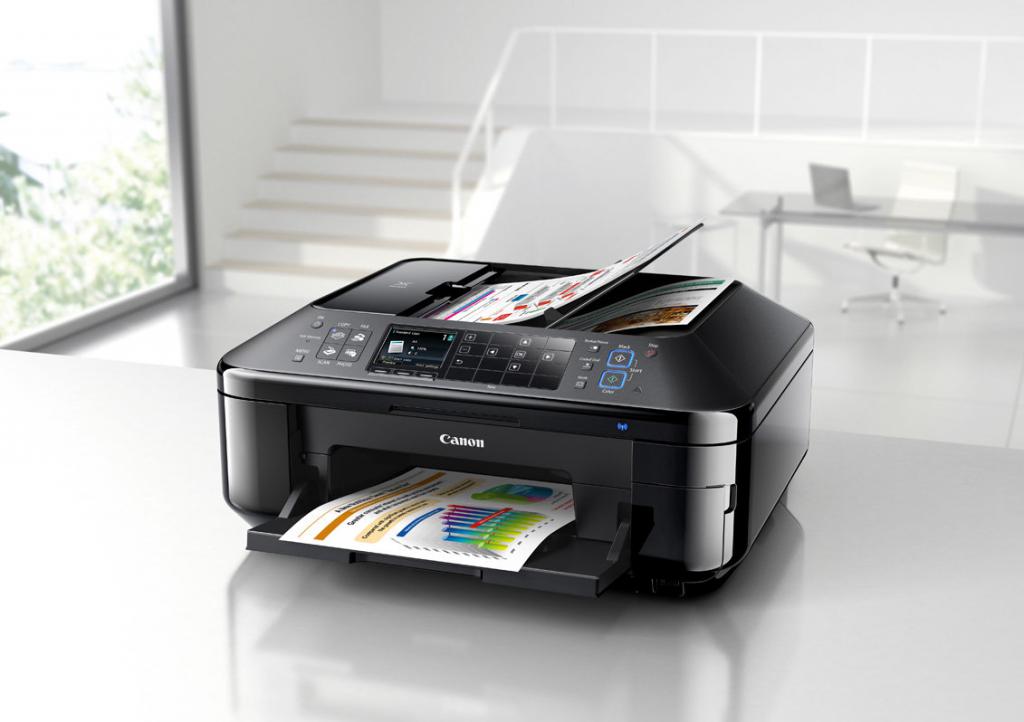Even the richest company that owns the most cost-effective product, thinks about reasonable savings. Only in this case, she will have more means and opportunities to maintain her own business afloat and further development.
It is no secret that the larger the enterprise, the greater its costs. Moreover, secondary budget items, which include the printing of documents, together occupy its lion's share. And given the current dollar exchange rate, the printed files can be truly “gold”.
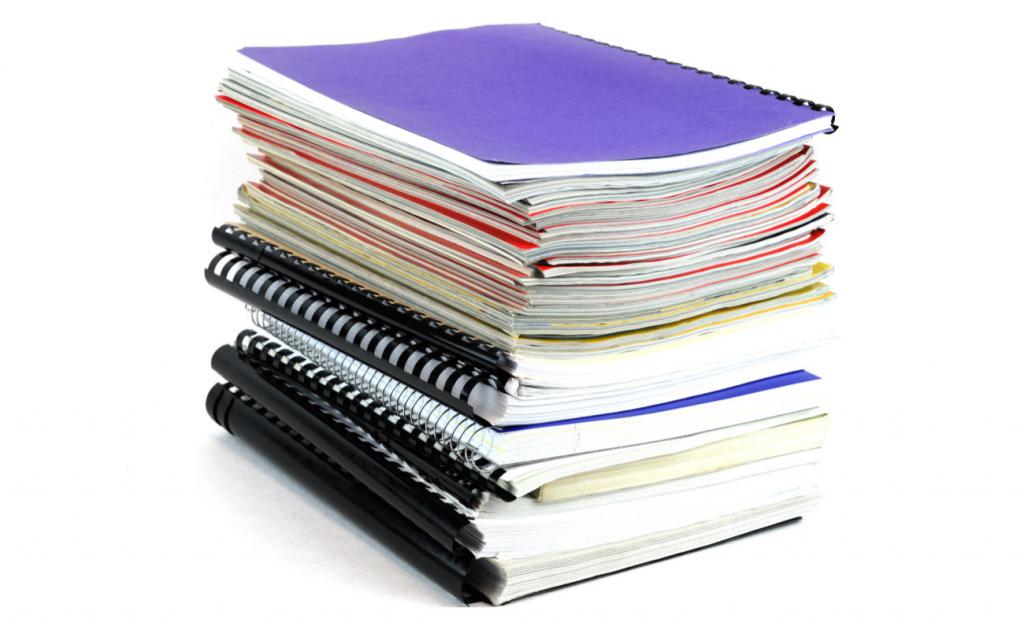
How much money does it take to print documents?
According to statistics published by Hewelett-Packard, each enterprise that can be classified as medium and large business spends about 6% of its profits on paper costs. To some, this percentage, as a percentage, may seem small, but it is not at all.
If the average monthly income of the company is 10 million rubles, then it costs about 600 thousand rubles to print the documentation! It is very difficult to call such a figure small or insignificant.
Reasonably optimizing printing costs will help a new and not yet very popular service - print outsourcing.
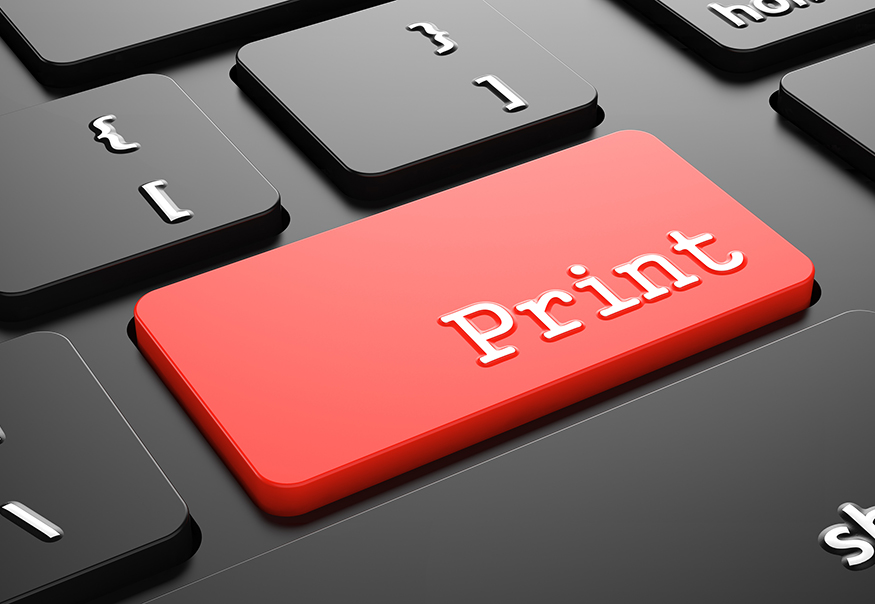
What is print outsourcing and how does it work
This service will help save money only for medium, large and very large enterprises with large internal and external workflows. Printing outsourcing is sometimes referred to as “copy maintenance”.
Calculating the exact figure of the cost of printing is sometimes not just difficult, but simply unbelievable. This happens because purchases are made by different departments:
- The office (paper) is acquired by the office manager, secretary, any other AXO employee.
- The IT department is responsible for the timely purchase and repair of printing equipment.
- The refill cartridges, like any other consumables, are taken care of by the purchasing department.

In different cities and regions, dozens, hundreds and even thousands of workers duplicate each other's work day after day. Office equipment from time to time requires not only adjustment or refueling, but also repair. Costs increase when the company’s funds are used irrationally: the printer runs out of ink and the contract looks faded, sheets of “test” printing, when you need to check the operability of printing equipment, etc.
Outsourcing of printing is nothing more than a comprehensive service of printing equipment. All its benefit is that the customer pays only for the copies of documents made.
How is print accounting kept and how to remove the copy counter from the printer?
On all new models of printing technology, a counter of produced copies is provided. It is possible to take readings from this counter manually, or it is possible also in the automatic mode.
The manual method, which provides for the usual printing of a configuration page, is not the most convenient, but the most accurate. The use of various software that helps to monitor printers (PaperCut, SNMP Discovery, PrintMonitor, etc.) is popular.
All listed programs display the amount of ink contained in the cartridges, the presence of printed sheets, the approximate time until the cartridge is replaced, etc.
A significant minus that the automatic method has is obligatory integration with the Internet. Not every public or private institution will risk leaking internal data.
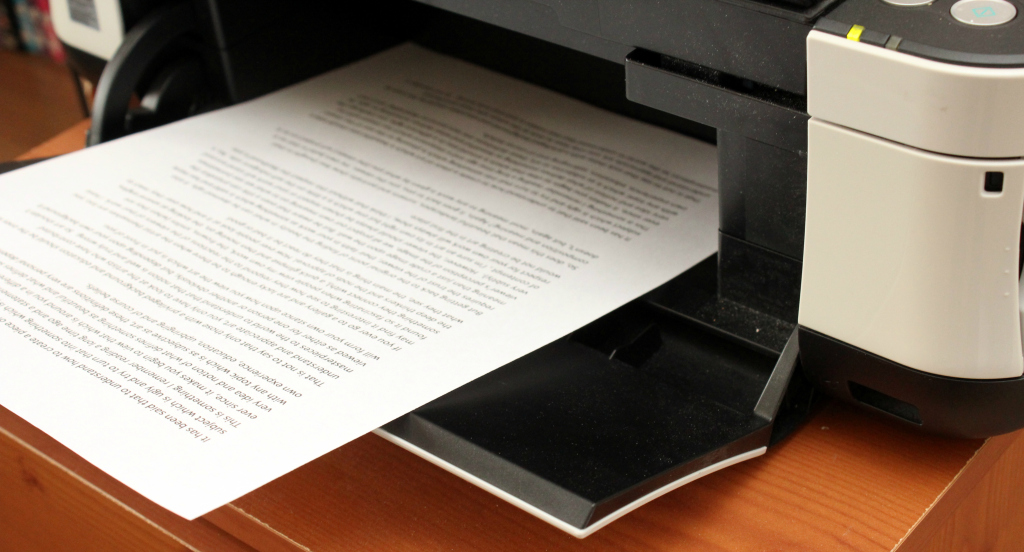
The obvious benefits of using
Regardless of the method chosen, print outsourcing can be called a more effective means of accounting for the process of printing documents. In addition, it allows you to collaborate with another print service provider and optimize the working hours of the IT department, which is engaged not only in the regular maintenance of the printer, but also in refueling, setting up and repairing it.
In this case, you can completely forget about the quantitative efficiency of the cartridges, their technical characteristics, refueling.
This service format provides for payment upon completion of work, that is, money is paid for quality printed documents. Like other agreements, the outsourcing agreement provides for clear deadlines for the provision of services, their cost and time of payment.
A company that has concluded such a contract completely relieves itself of many small worries: buying paper, equipment and other consumables, does not worry about repairing equipment, saves on electricity and printing documents for the personal needs of employees.

What stamp will not be paid?
Indeed, the agreement provides only a quality printout. A quality printed sheet should not include:
- various dots on paper;
- stripes and imprint;
- various extraneous noise;
- paper jams and mechanical damage;
- image distortion;
- toner particles.
What are the ways to pay for the service?
The cost of one copy of the document, which is paid by the customer, has already included all expenses for materials, maintenance and equipment repair.
The counterparty can offer several possible ways to pay for its services:
- Most often, enterprises enter into traditional agreements that include the cost of each copy.
- Large enterprises with a huge workflow are interested in a single price contract. In other words: for unlimited use of equipment, the company pays a single tariff monthly.
- Customers who clearly know their small needs are better off using a fixed price contract. In this case, the mandatory monthly payment includes a page limit at a special price, and if the company prints more than the specified standard, a printed document, which was made in excess of the norm, is bought at the usual price.
Pitfalls and hidden cons
Despite the many advantages of the service, it has many hidden disadvantages:
- Due to the high cost of the service, it is advisable to use only large organizations. The price is due exclusively to the original cartridges and spare parts for their equipment.
- Each vendor provides service exclusively for its products, and the transition to printers of a different brand can result in a pretty penny. Given the current situation in the global currency market, dependence on a foreign producer can hardly be called safe. Not a single office equipment and its free maintenance costs such risks.
- When installing equipment, insist on a laser. The fact is that it is much easier and more convenient to keep a clear record of printed copies.
- Some printers do not include print counters.
- No vendor considers printing on formats other than A4. If the organization needs to print a document in A3 format, then it will be counted as 2 A4 sheets.
- Switching to office printing outsourcing is a long process. Practice shows that the coordination of all clauses of the contract can drag on for up to two months, while the organization will have great difficulties with the transfer of branches in the regions. Experts note that, on average, the process of introducing a service can take a long time (from 3 to 6 months). Branch managers in regions may conflict with innovation. There may be many reasons, but the most common among them is a personal interest in working with a particular supplier.For such officials, centralization of the press can only be dreamed of in terrible dreams, and this can become a serious problem. Before making such a serious decision - the transition to outsourcing office printing, think carefully and analyze the situation with the workflow in the company.
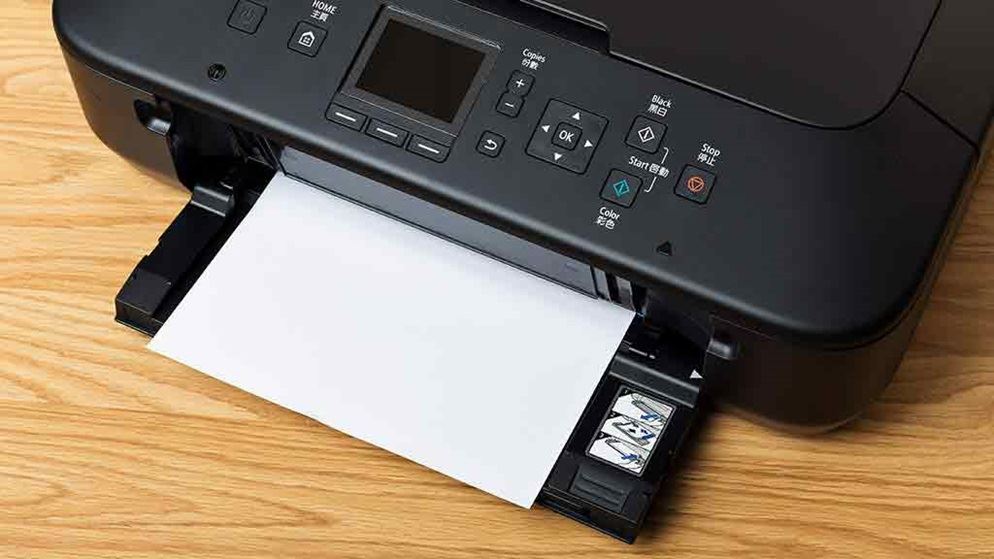
Try to calculate office printing costs per month, quarter and year. The figure must be accurate! At the same time, consider all hidden costs (energy consumption, the amount of time spent on servicing printers, printing personal files by employees, etc.). Check out today's office printing outsourcing offers. Never choose a vendor, guided by an exceptionally low price. Such cooperation is fraught with a headache. Important experience and reputation, the number of successful projects.
